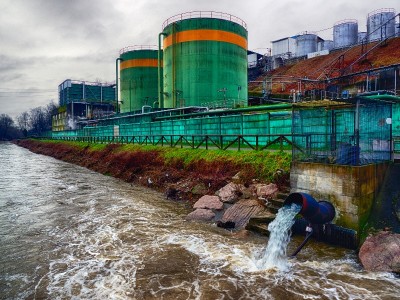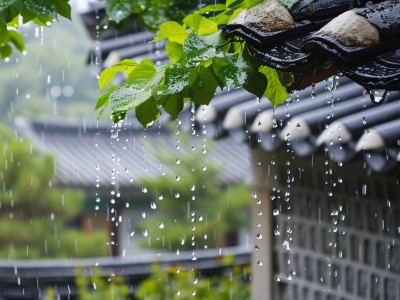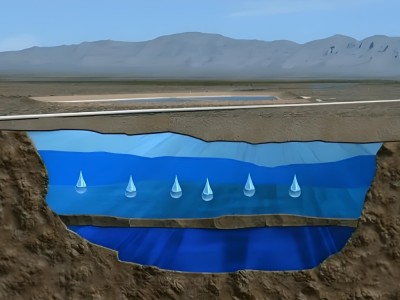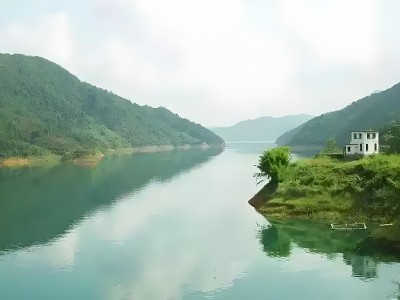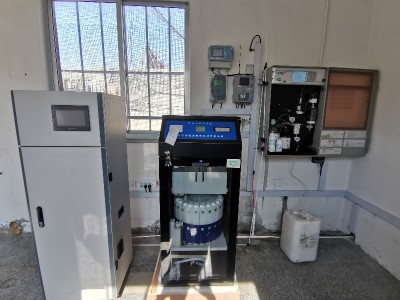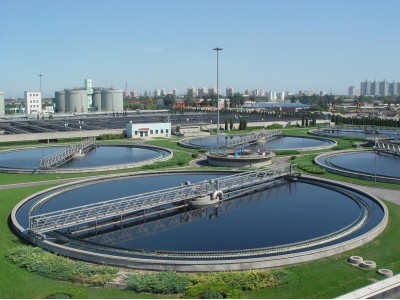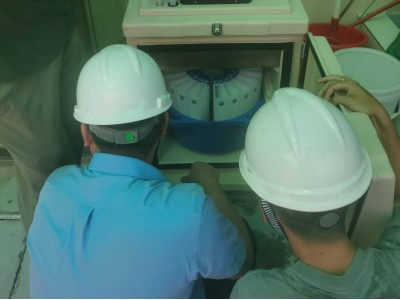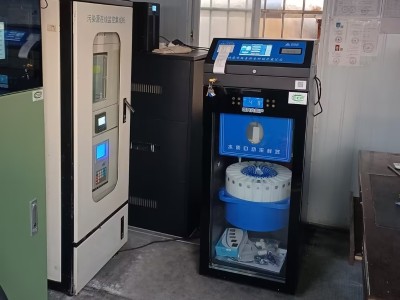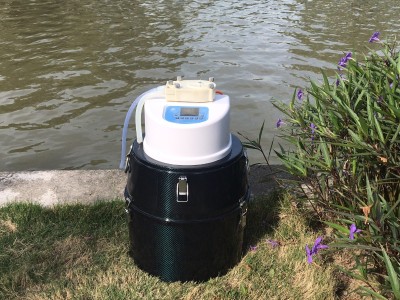-
What issues should be noted when sampling wastewater
- 65
Before sampling, it is necessary to understand the production and treatment process flow, discharge patterns and treatment measures related to the discharged wastewater, so as to formulate a sampling plan, determine the existing interfering factors a...
-
What issues should be noted when sampling precipitation
- 20
It is very difficult to accurately collect precipitation samples. Before precipitation, the sampler must be covered and only opened after the actual precipitation occurs. Take water samples throughout the entire process of each precipitation (from th...
-
What issues should be noted when sampling groundwater
- 21
Groundwater quality monitoring usually collects instantaneous water samples. For well water where water levels need to be measured, the groundwater level should be measured first before sampling. When collecting water samples from Wells, it must be d...
-
What issues should be noted when sampling surface water
- 16
The sampling section should have clear markers, and the sampling personnel must not change the sampling position without authorization. When sampling, Beidou or GPS positioning or fixed markers should be used to determine the sampling position to ens...
-
What are the effects of contamination of the sampling bucket and pipeline of a water sampler on the sample
- 20
The impact of contamination of the sampling bucket and pipeline of the water sampler on the sample cannot be determined, and the problems of data marking and application are prominent. Due to the inevitable presence of suspended solids adhering durin...
-
What impacts will be caused by improper setting or disposal of water quality samples that exceed standards
- 19
Improper setting or disposal of over-standard retained samples leads to over-standard data that cannot be verified. When the water quality analysis measurement data exceeds the standard, is it a problem with the discharge or the monitoring equipment?...
-
What impacts can be brought about by improper setting of water quality sampling methods
- 17
Improper setting of the sampling method of the water sampler may lead to the suspicion of evading monitoring or being illogical. Due to the influence of production and living conditions as well as the process routes of treatment facilities, the disch...
-
How long can water samples from water quality testing be stored
- 32
There is no fixed standard for the storage time of water samples for water quality testing. The key lies in the stability of the testing items and whether the storage conditions are standardized. Moreover, it is necessary to combine the operation det...
-
What are the causes of changes in the water quality of the collected water samples
- 34
The changes in water sample quality are driven by both natural factors (ecological and natural regulation) and human factors (the current main cause). Different water samples need to be precisely collected through water samplers to assist in determin...
-
What are the daily maintenance methods for automatic water quality samplers
- 138
1. Regular cleaning: After each sampling, promptly clean the water sampler pipeline and sample storage bottle to prevent the residual water sample from breeding microorganisms or generating sediment. Wipe the outer shell of the equipment with a neutr...
-
The causes of changes in the water quality of water samples
- 88
The changes in water sample quality are jointly driven by physical, chemical and biological factors and regulated by external conditions. The dominant causes vary in different scenarios, as follows: I. Physical factors: Altering physical states and s...
-
What issues should be noted when collecting sewage water samples
- 46
Wastewater sample collection is a fundamental step in water quality monitoring, pollution control and environmental assessment. Its standardization directly affects the accuracy and reliability of subsequent analysis results. The following key issues...
-
Daily maintenance methods for automatic water samplers
- 50
The automatic water sampler is a commonly used device in water quality monitoring. Regular daily maintenance can ensure its sampling accuracy, extend its service life, and prevent monitoring data deviation or sampling interruption caused by equipment...
-
What is the working principle of the online AB bucket water quality sampler
- 30
The working principle of the online AB bucket water quality sampler is to coordinate the core components through an intelligent control system, trigger sampling according to preset rules or real-time water quality parameters, achieve sampling at diff...
-
The advantages and disadvantages of the time-proportional water quality sampling method
- 33
The time proportional water sampler 's sampling method automatically samples by setting time intervals, ensuring the representativeness of water quality data at different time periods. Its core advantage lies in: Advantages Time consistency : By co...
